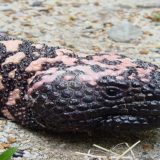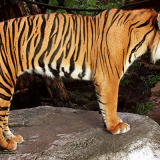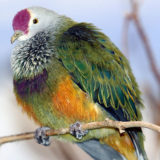Scientific Name
Ulmus parvifolia
Origin
Native of north and central China, Korea and Japan
Habitat
Tends to be found in woodland settings. Highly tolerant of a wide variety of soils, but in the wild it prefers rich soil near a source of water at elevations below 2500 ft.
Growth Nature
A fast growing deciduous tree reaching heights of 40 to 50 ft. with a spread of 25 to 40 ft. Tends not to have a central leader and takes on a roundish shape with age. With age the bark begins to exfoliate.
Points of Interest
- Also known as the true “Chinese Elm”, sometimes confused with the Siberian Elm.
- Name comes from the exfoliating bark which is its most ornamental feature. Flaking reveals patches of gray, cream, orange, brown and green.
- Has been adopted in this country for use as a shade tree.
- Leaves and bark have supposed medicinal qualities and have been used in the past for a variety of ailments including treatment of fevers, neuritis, as a diuretic and an expectorant.
- The wood is strong, durable and heavy. Is used in furniture, paneling, and has been used in ship building.
- Elms in general tend to hold up well in heavy snow and ice storms.






